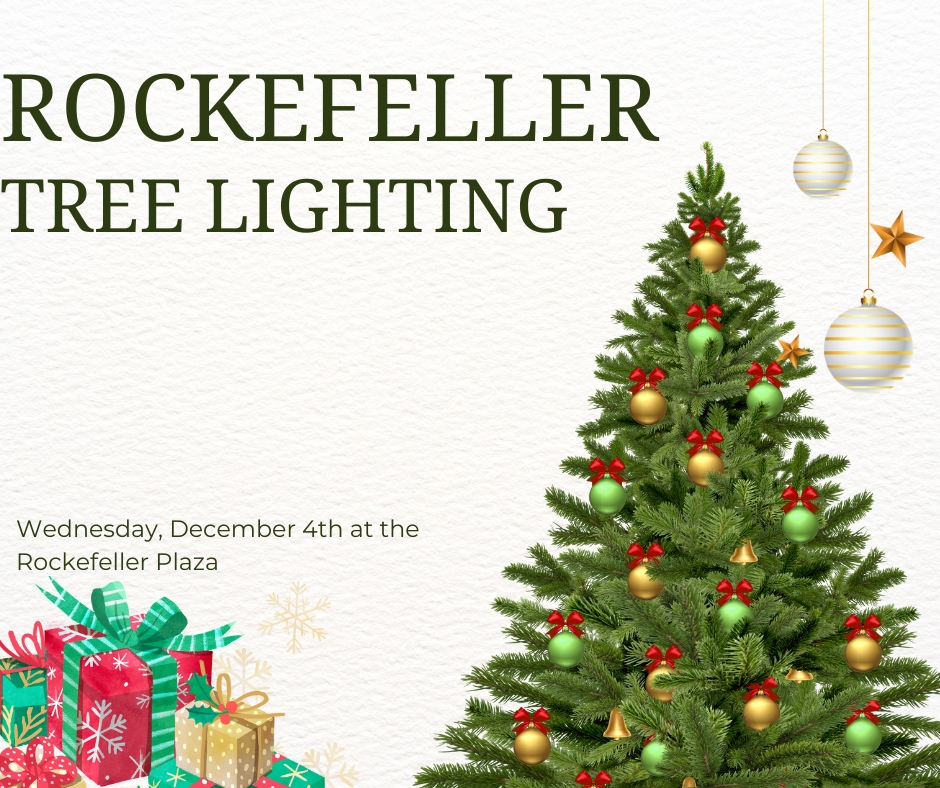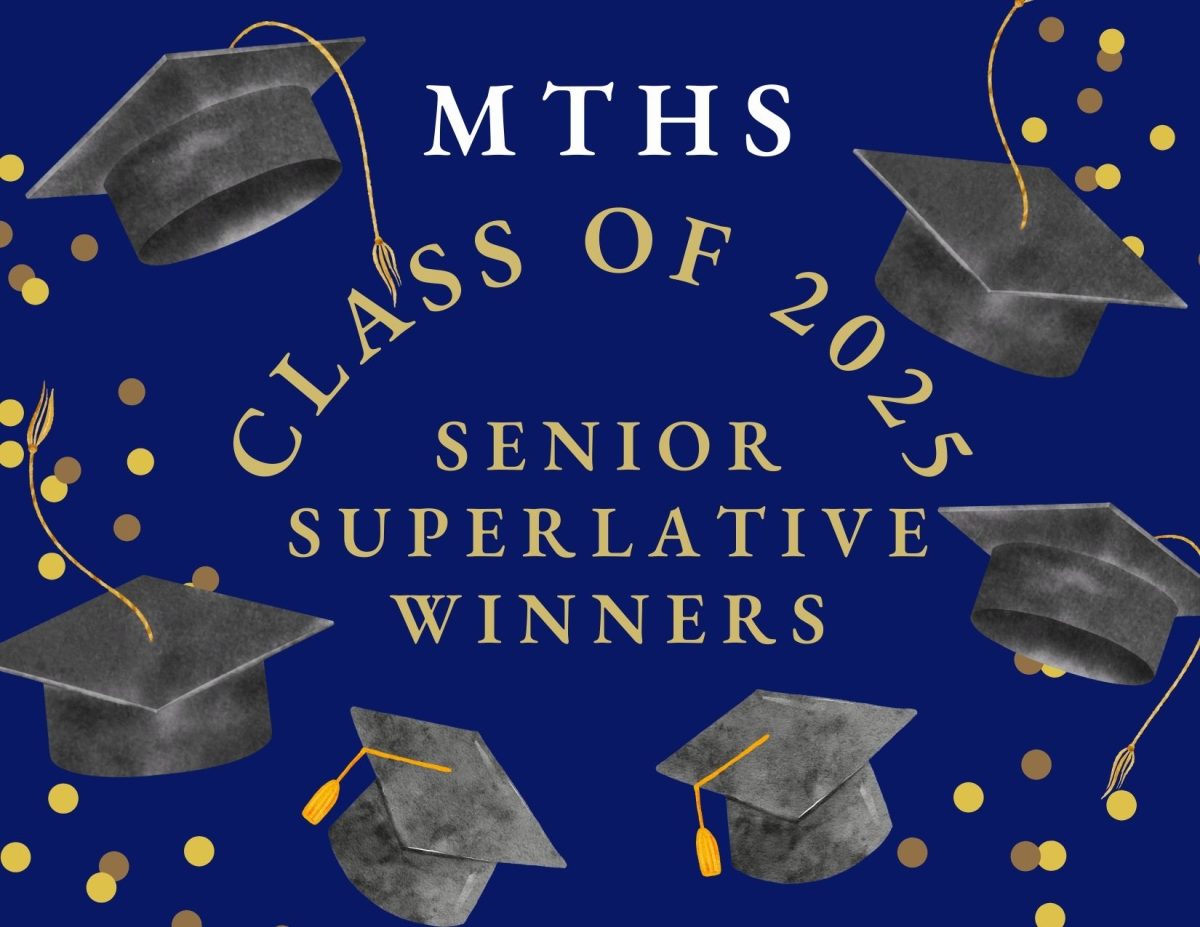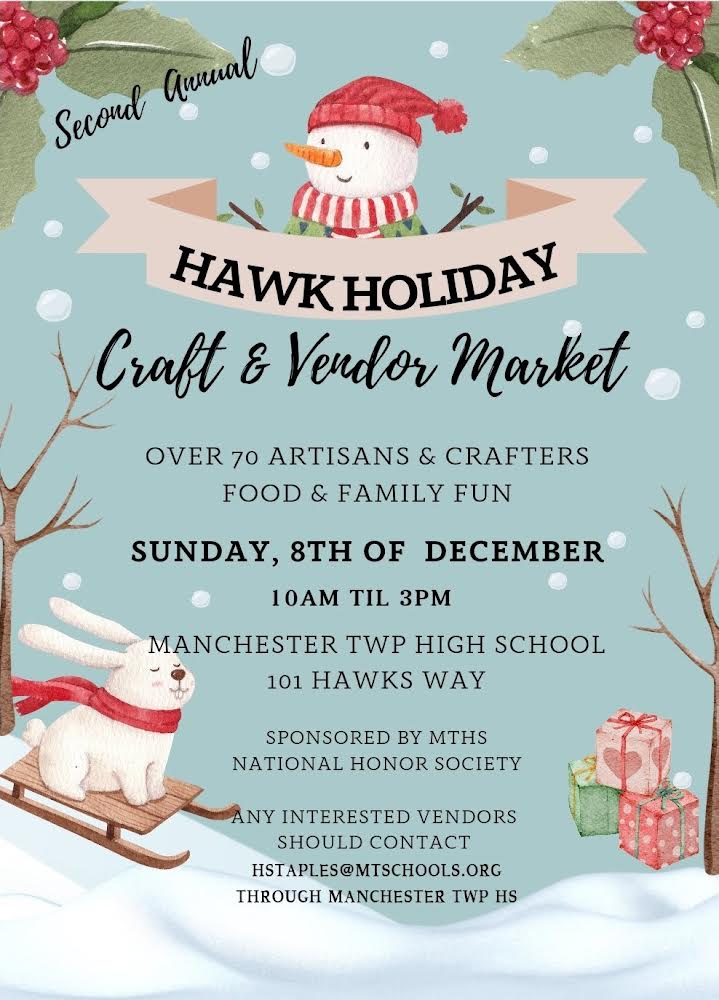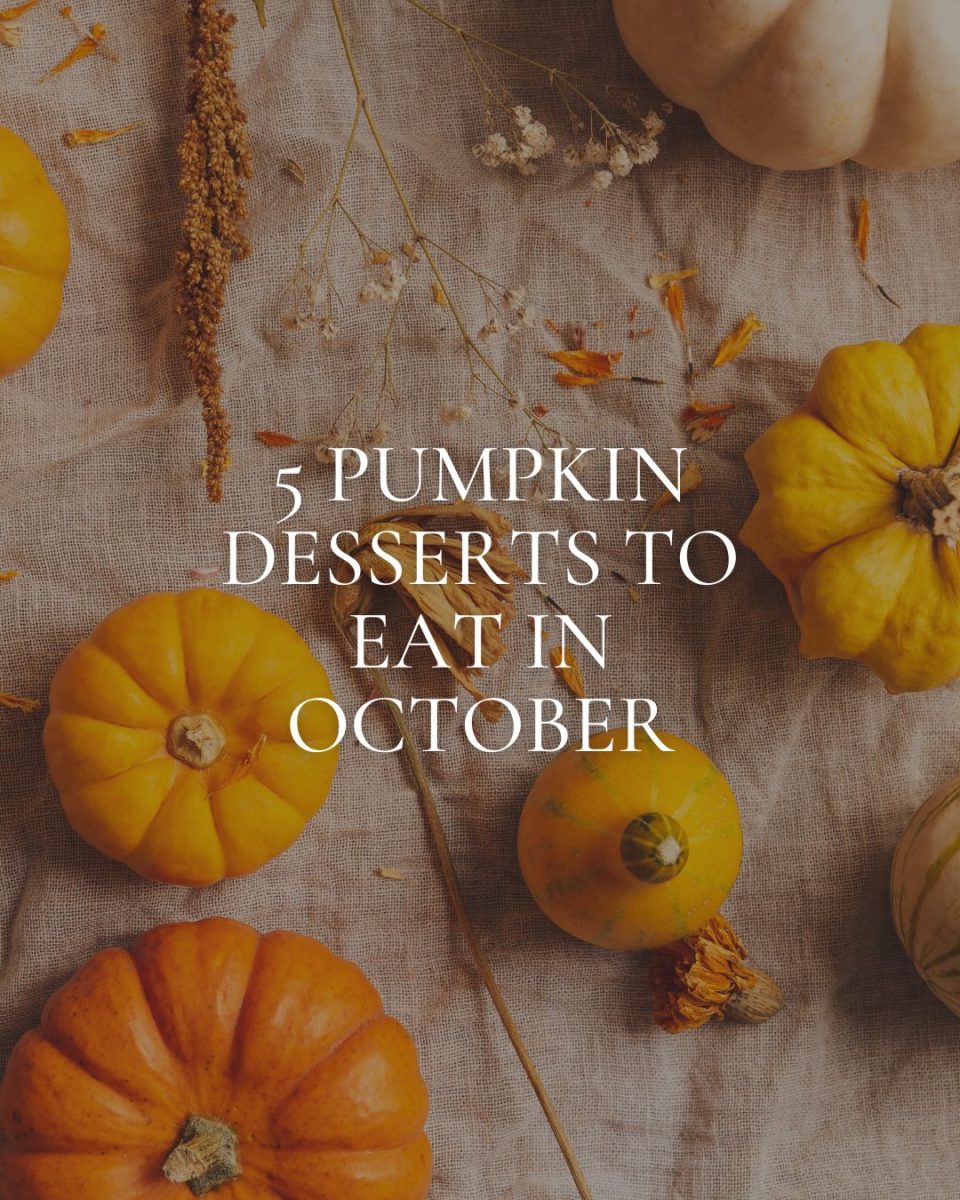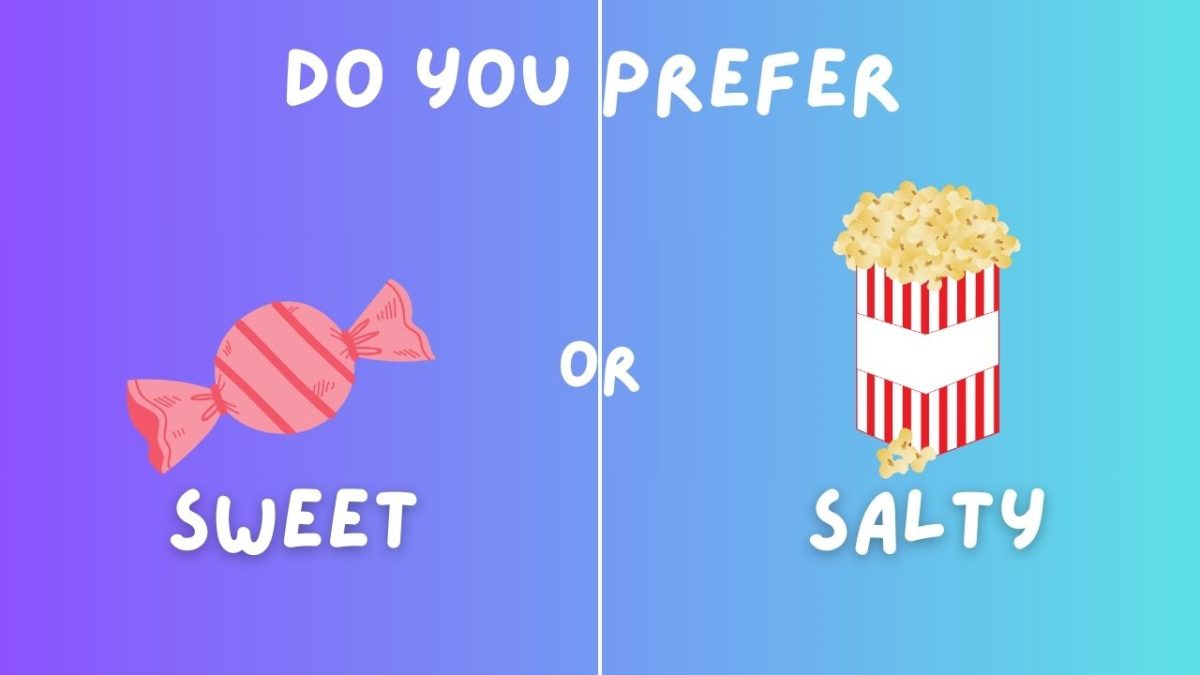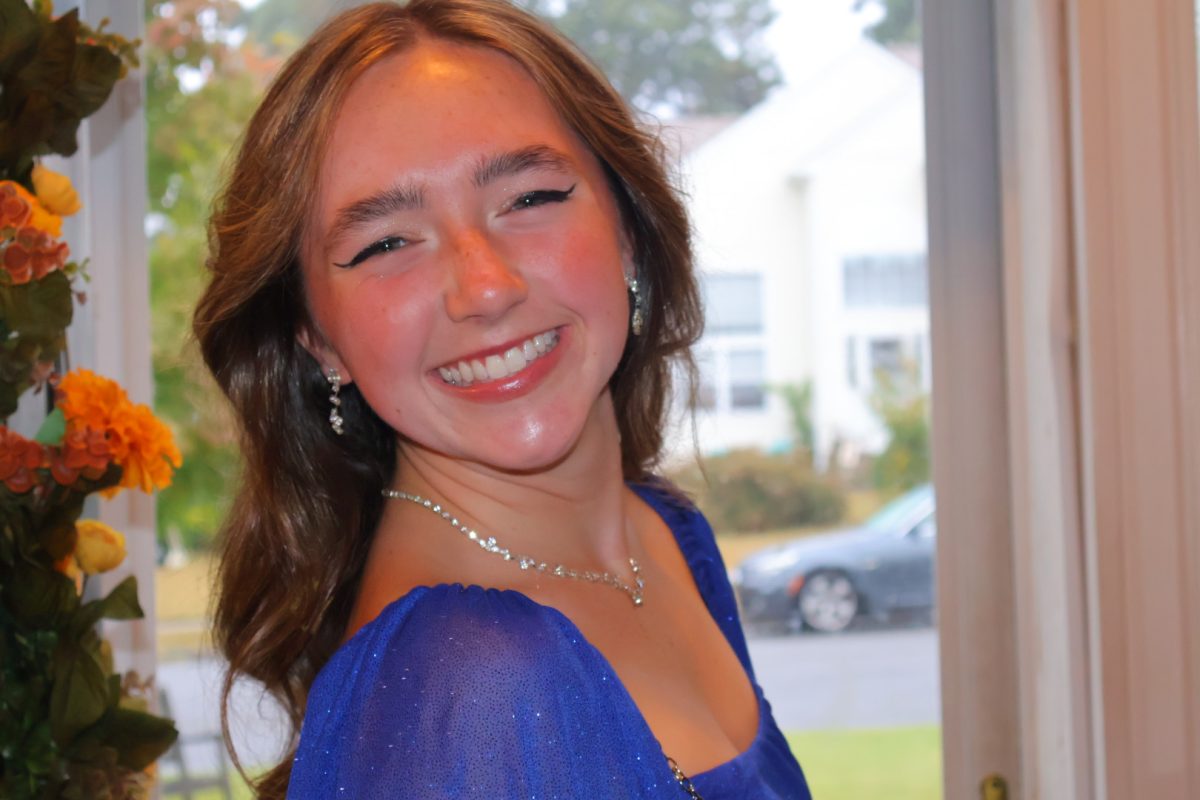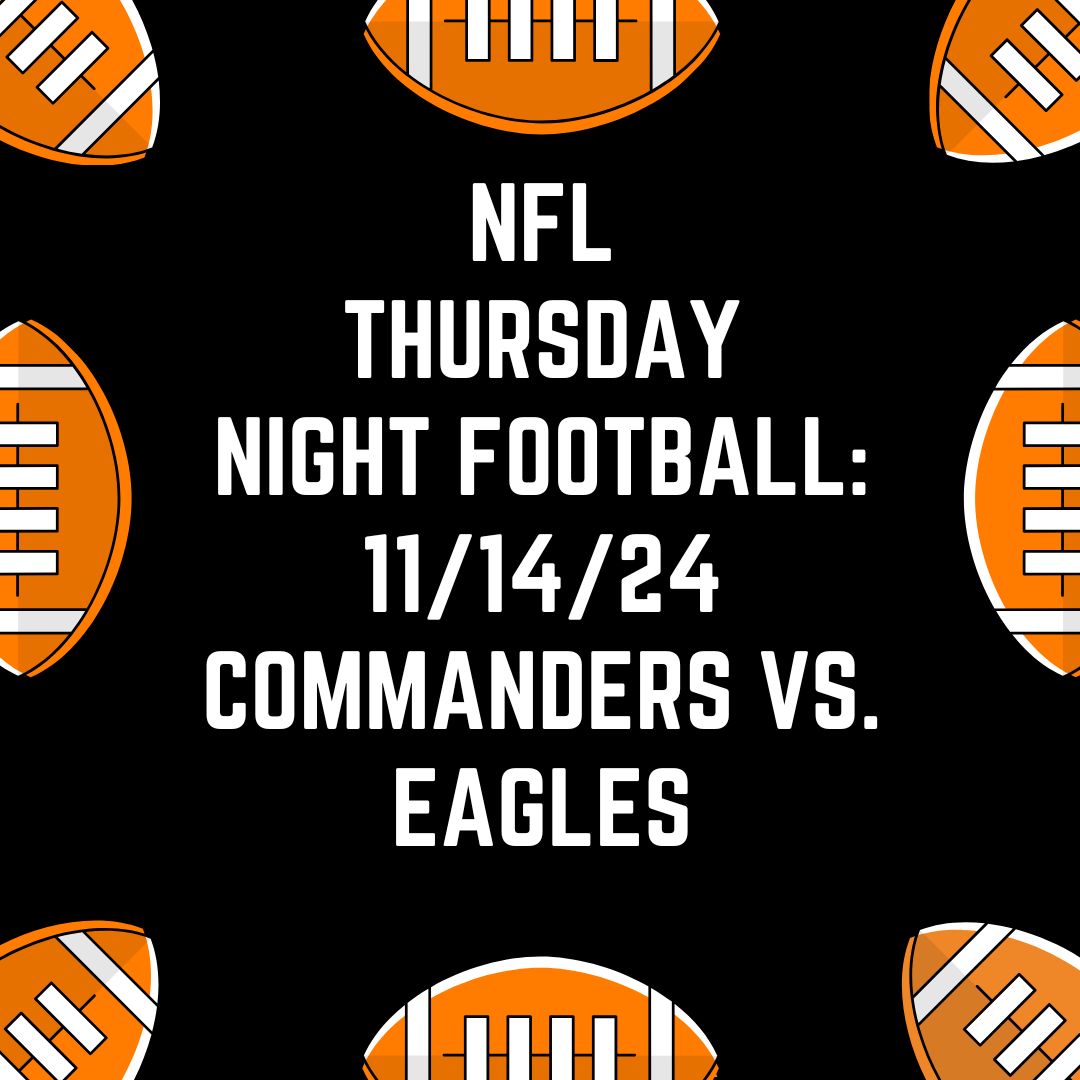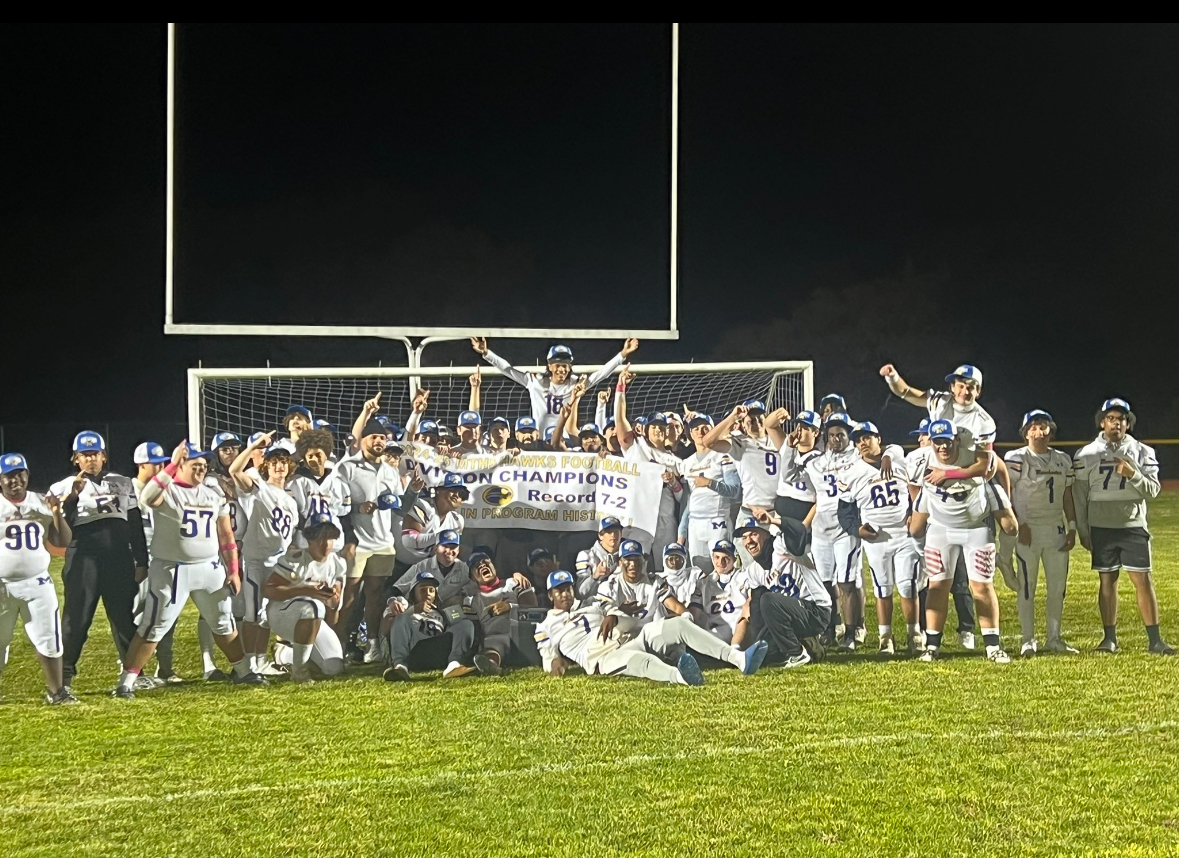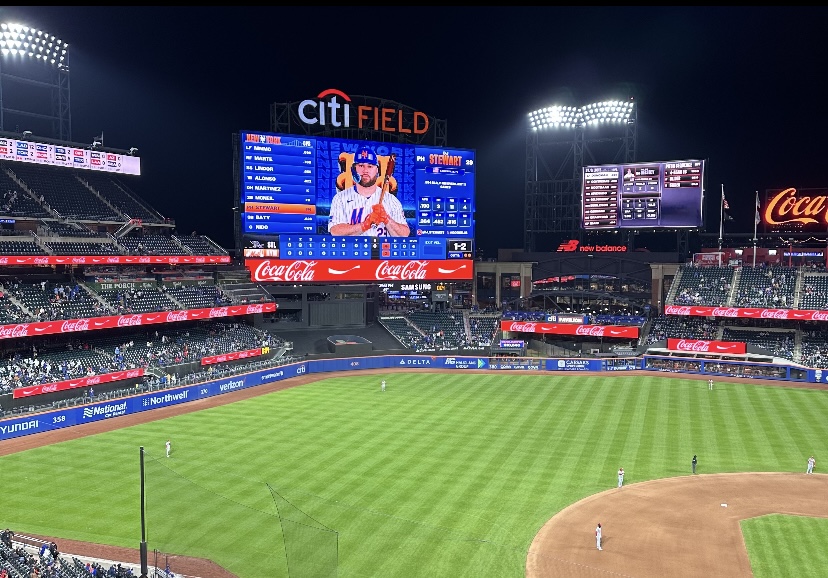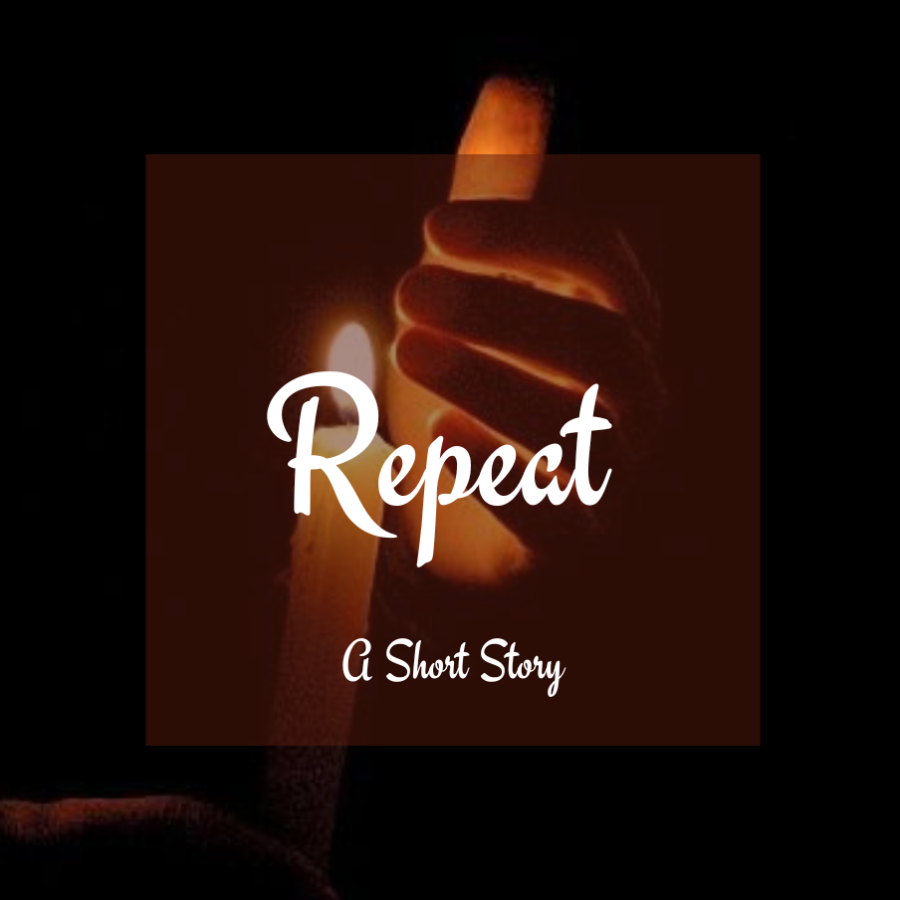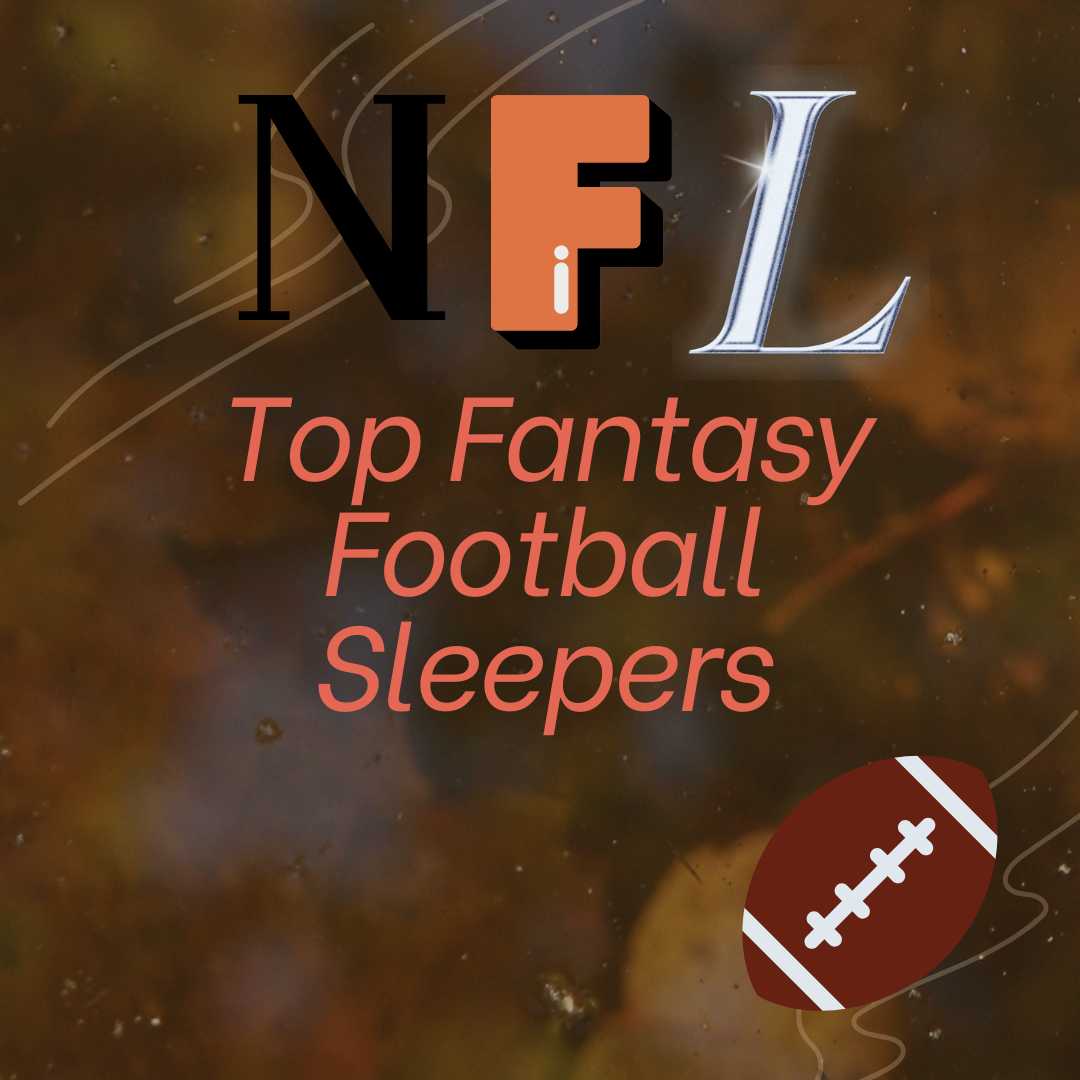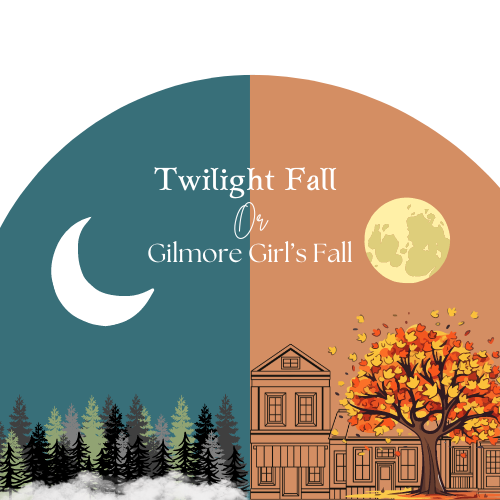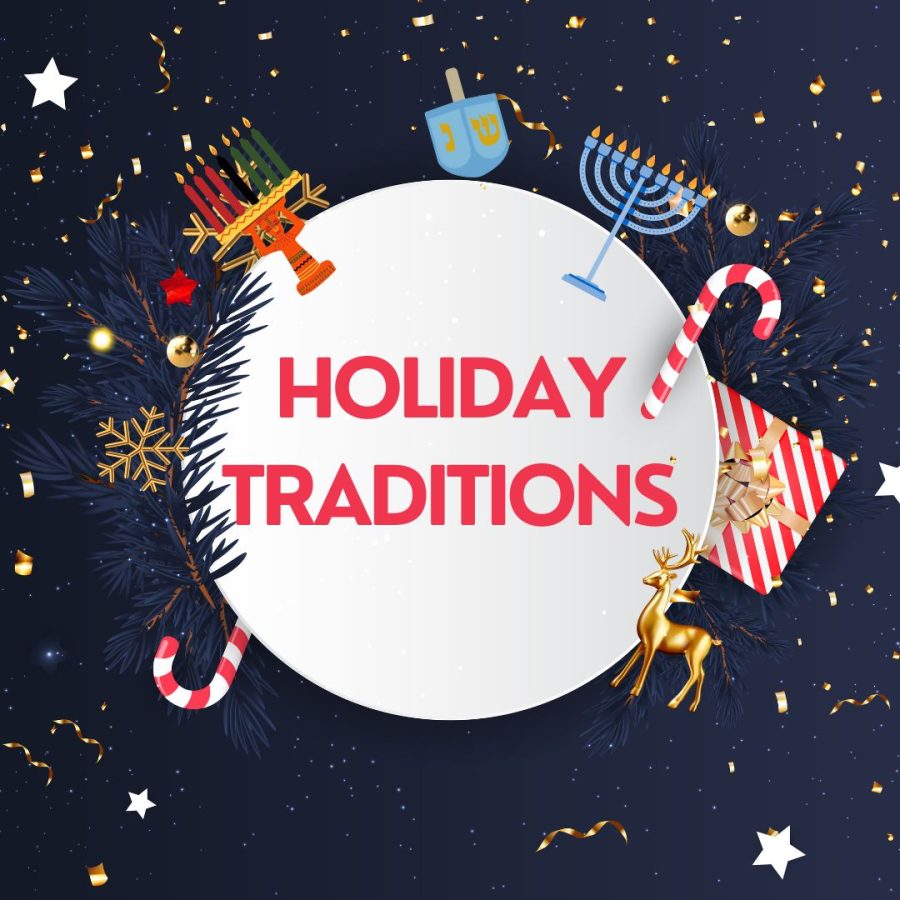The Gift Of Holiday Traditions and the Origins Behind Them
December 20, 2022
December is the time of year where many people celebrate different holidays, including Christmas, Hanukkah, and Kwanzaa, both in their own ways, or by following traditions.
The first, and most known holiday, is Christmas. This holiday has been in the United States since 1870. It is celebrated December 25, and has been celebrated for over two thousand years. People who celebrate religiously honor the birth of Jesus and those who celebrate the holiday non-religiously do the regular traditions. There is as much history in this holiday as there are traditions, such as making gingerbread houses, eating candy canes, wearing Christmas sweaters, and decorating trees. According to History.com, the tradition of decorating a tree for Christmas started in Germany during the Middle Ages. These trees can either be real or artificial, and are decorated with many ornaments and garland. Some people even hang the candy canes on the trees for decoration. Christmas sweaters are sweaters that are bright and festive to get you into the Christmas spirit. Some people wear them just for the fun of it while others may wear them for family pictures, etc.
The second holiday many may also know is Hanukkah, which is celebrated on the 25th day of Kislev and observed for eight nights and eight days. Hanukkah is one of the most popular Jewish religious observances, and along with this, has many traditions that have been celebrated for years. The first tradition is celebrating with the lighting of the Menorah, which is dedicated to seven branches that represent knowledge and creation and were meant to stay burning for all the nights of the celebration. Another known tradition is its festive meals, two favorites being potato pancakes and doughnuts.Some games played during this time are playing cards and spinning a dreidel, which is a four-sided top. Hanukkah also has gift traditions, where children get presents like Hanukkah gelt (money), which sometimes may be in the form of chocolate coins instead. According to History.com, “In countries where Christmas rituals are widespread, some echoes of those rituals appear in Hanukkah celebrations. Some families, for example, exchange gifts or decorate their homes.”
The third holiday is Kwanzaa. According to History.com, Kwanzaa is an annual holiday that affirms African family and social values that is celebrated primarily in the United States from December 26 to January 1. Even though Kwanzaa is known as an African-American holiday, it is celebrated in other places outside of the U.S. Kwanzaa is known as a non-religious holiday, and is not considered to be a fill-in for christmas. Kwanzaa is dedicated to seven symbols – unity, self determination, collective responsibility, cooperative economics, purpose, creativity, and faith. On each day, families come together to light one of the candles in the candleholder, which is also known as the Kinara. Seven candles in the colors red, green, and black symbolize the seven principles.
For more information about these holidays and others, visit History.com.

